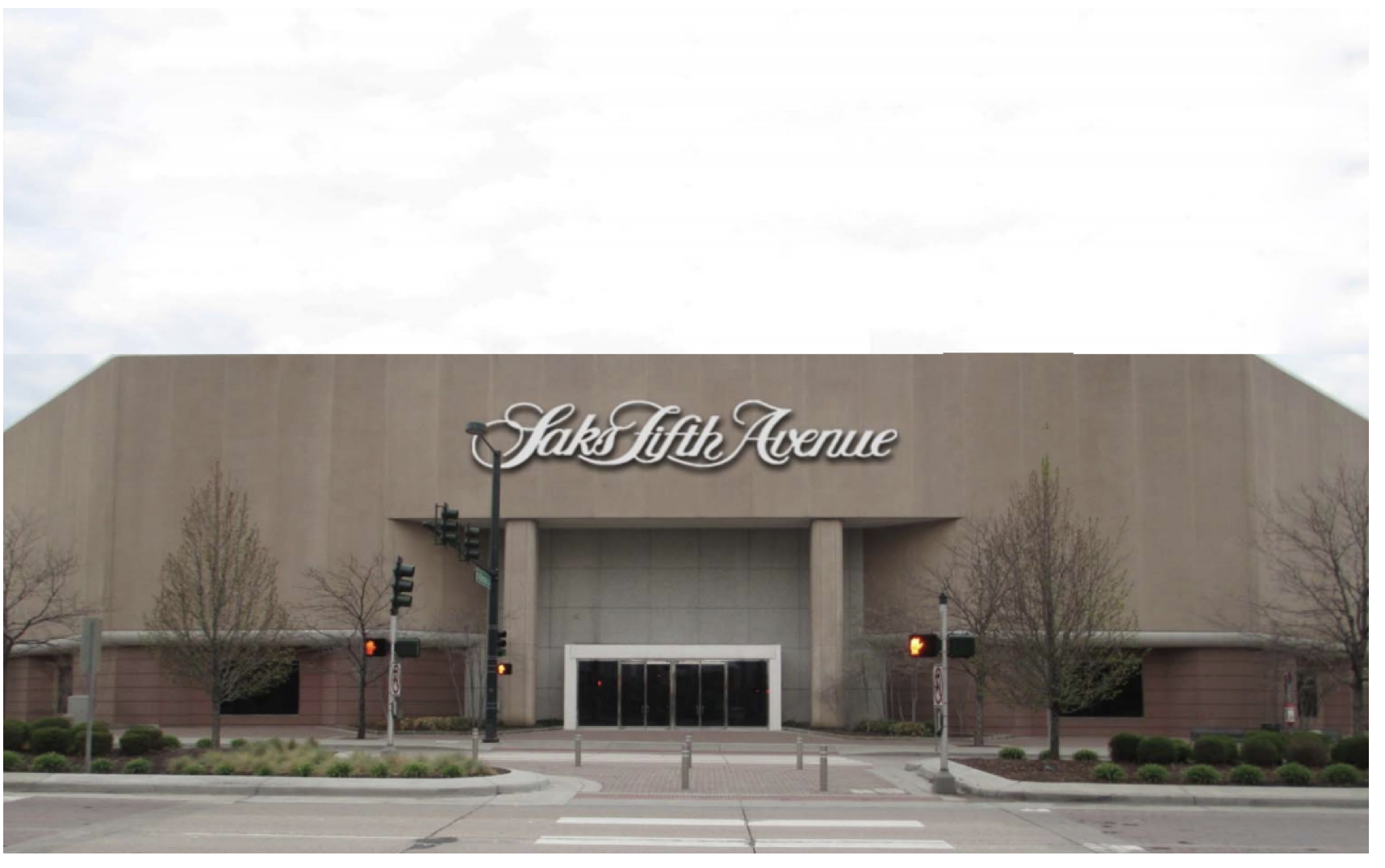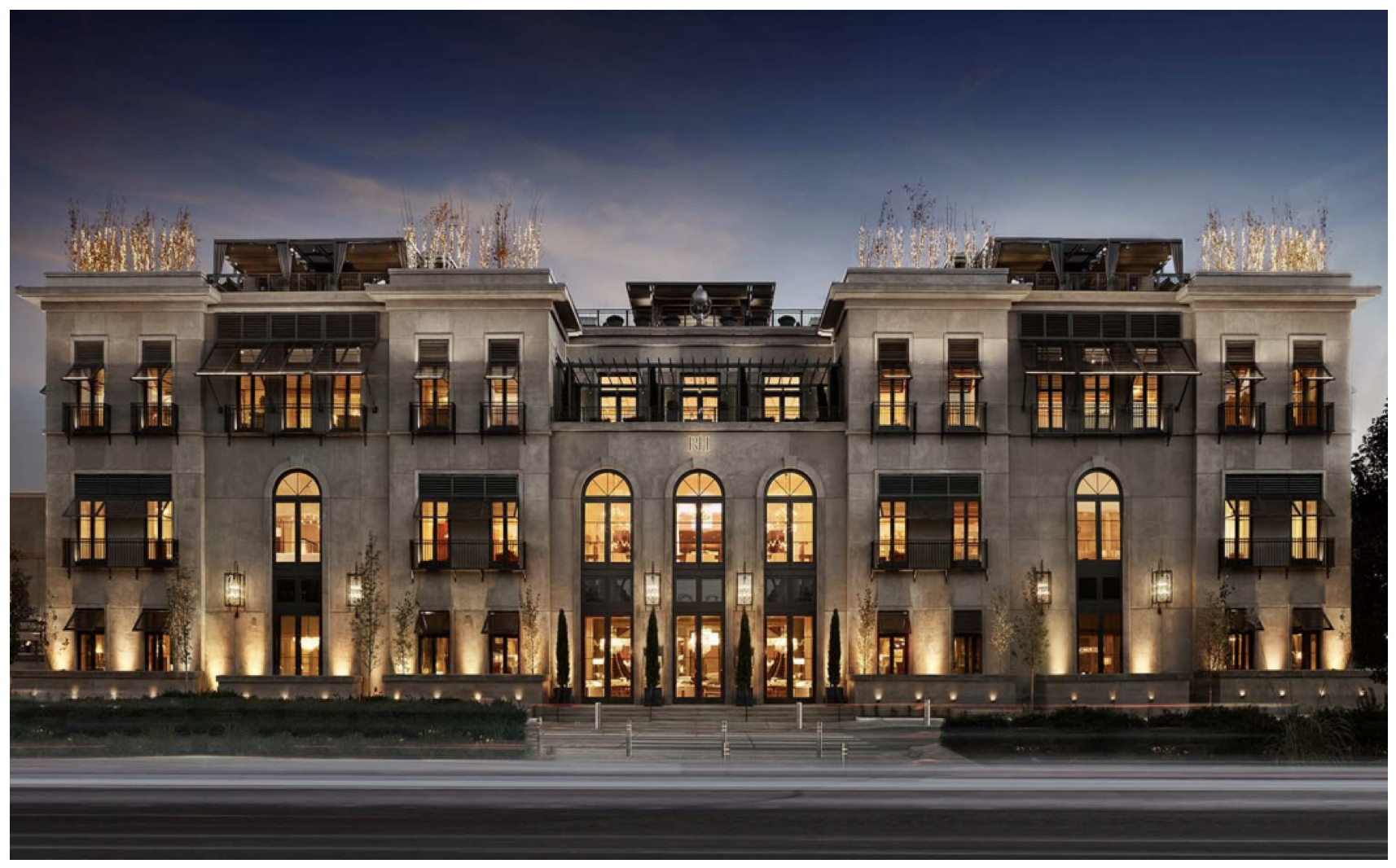|
Getting your Trinity Audio player ready...
|
Happy Thanksgiving to our U.S. readers. On the eve of this Black Friday, I thought it would be appropriate to take a look at one traditional retailer that appears to have bucked the deteriorating brick and mortar retail trend, and consider what the management team has done to not only stabilise, but turn around, the business at a time when most of its peers are struggling.
RH, formerly known as Restoration Hardware (NYSE: RH), is one of the largest retailers of luxury furniture and home furnishings in the U.S. In 2016, the company was battered by a series of temporal headwinds, largely of its own doing, as management worked to transition the company from a fast growing but unsustainable business model to a more robust growth model adapted to the changing retail landscape. The market extrapolated RH’s stumble as the beginnings of a terminal decline, and consequently its share price crashed from over $100 in late 2015 to the $20s by mid-2016. However, from the February 2017 low of $25, the stock has appreciated by 300%, or nearly 500% annualised! So what has RH done differently to most other furniture and home furnishing retailers that are treading water or drowning?
- RH transitioned from a promotional business model to a membership model at a time when the industry was becoming more promotional. Most readers will have experienced firsthand the increasingly promotional environment across the retail industry in recent years, as traditional retailers compete aggressively on price to protect market share from the e-commerce players and each other. Management found that the lumpy promotional cadence made inventory planning for large, slow-turning products extremely difficult and often resulted in substantial unplanned markdowns. RH no longer runs promotions; instead, its membership card offers a 25% discount on all products, which has resulted in a much steadier sales cadence throughout the year. Members now account for 90% of sales, and the annual cost of membership can be more than recouped in just one furniture transaction.
- The transition to a membership model has subsequently allowed RH to rationalise its stock keeping unit (SKU) count and inventory levels. Inventory is down by 25% in the first half of 2017, even as sales grew in the high teens. The company is on track to finish 2017 with 535,000 units of furniture across two distribution centres, compared to 1.1 million units across six distribution and storage centres a year ago. Not only has the SKU rationalisation reduced the level of working capital required in the business, it has also allowed RH to substantially streamline its supply chain.
- RH has delivered on a truly differentiated shopping experience. Almost all traditional retailers have been talking about investing in e-commerce, omni-channel and experiential retail as if it were the panacea to all their retailing problems. Unfortunately for them, free delivery and returns and in-store pickup are now table stakes, and creating a differentiated experience takes more than just throwing ancillary services into excess retail space. RH has instead pursued a riskier property development model that natively incorporates hospitality and interior design services within its new standalone stores (“design galleries”), that serve to blur the distinction between what is home and what is retail. As the CEO of RH explains, brick and mortar retailers are struggling not because of the rapid rise of e-commerce, but rather because there has been no real innovation to the shopping experience for decades.
Compare this:

To this:

This is the same location in Denver, after RH replaced the Saks Fifth Avenue mall with a design gallery – a much more inviting destination for an experiential shopping trip. Other examples of RH’s differentiated shopping experience include its design gallery in Chicago, which hosts a lavish café and wine vault that draws hour-long queues on weekdays (according to restaurant review websites) and is a significant generator of foot traffic throughout the entire gallery. Future design galleries are expected to incorporate similar hospitality offerings.
Finally, it would be remiss of me not to discuss RH in the context of e-commerce. Luxury furniture is a category that is unlikely to be susceptible to pureplay e-commerce disruption, because touch, feel and spatial perception are likely to remain important considerations for shoppers looking to spend thousands of dollars on prominent pieces of furniture. RH embraces “showrooming”, as its stores are essentially specially-curated galleries that display its range of furniture and furnishings, with most orders being shipped from its distribution centres and delivered to customers’ homes. Around 50% of RH’s sales come from its direct channel – that is, online and by phone order. Hence, the showrooming behaviour that adversely affects store-based electronics and appliance retailers doesn’t have the same impact on RH. What further sets RH apart is its expertise in the fulfilment and delivery of its products – while other retailers are facing margin pressure as they invest to expand their e-commerce fulfilment capabilities, RH is generating margin expansion by streamlining its own supply chain.




